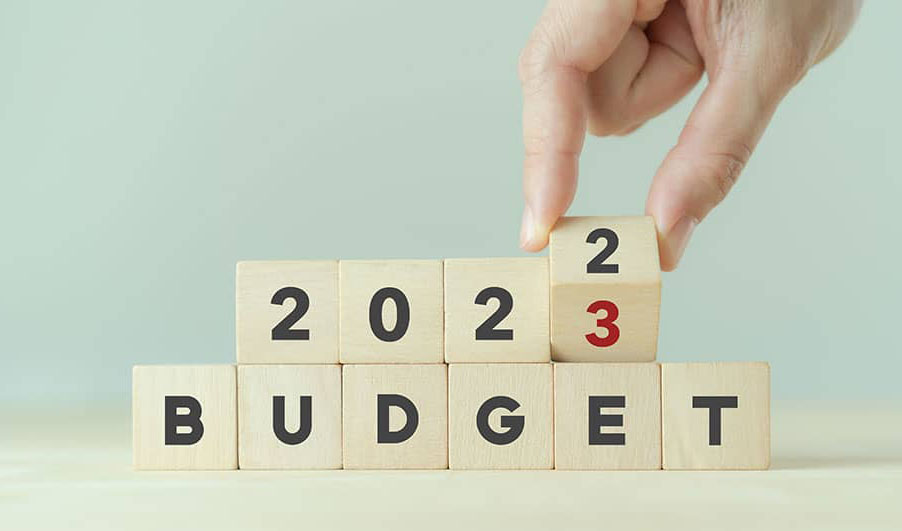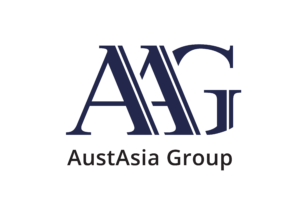The 2023 tax year runs from July 1 2022 to June 30 2023. We highlight the changes that have come into effect on 1 July 2022.

Business
- Superannuation guarantee increased to 10.5%. more here…
- $450 super guarantee threshold removed for employees aged 18 and over. more here…
- Lower GST and PAYG tax instalments for small businesses. (The total tax liability remains the same; the amount the business needs to pay through the year is lowered). The idea of the change is that small businesses will have better cash flow during the year.
- ATO guidance on how profits of professional firms are structured comes into effect introducing new risk criteria
- New guidance on unpaid trust distributions to corporate beneficiaries comes into effect that may treat some unpaid distributions as loans and trigger tax consequences.
Individuals
- Superannuation guarantee increased to 10.5%. more here…
- Work-test repealed for those under 75 to make or receive non-concessional or salary sacrifice super contributions (the work test still applies to personal deductible contributions)
 Age for downsizer super contributions reduced to 60 years and older
Age for downsizer super contributions reduced to 60 years and older- The value of voluntary super contributions that can be withdrawn under the First Home Saver Scheme increased to a total of $50,000
- New ATO guidelines on trust distributions come into effect, primarily impacting distributions to adult children
- The home loan guarantee scheme extended to 35,000 per year for first home buyers and 5,000 per year for single parents
- Australia’s minimum wage increased to $21.38 per hour or $812.60 per 38-hour week (before tax). Casual employees covered by the national minimum wage also get at least a 25% casual loading.



